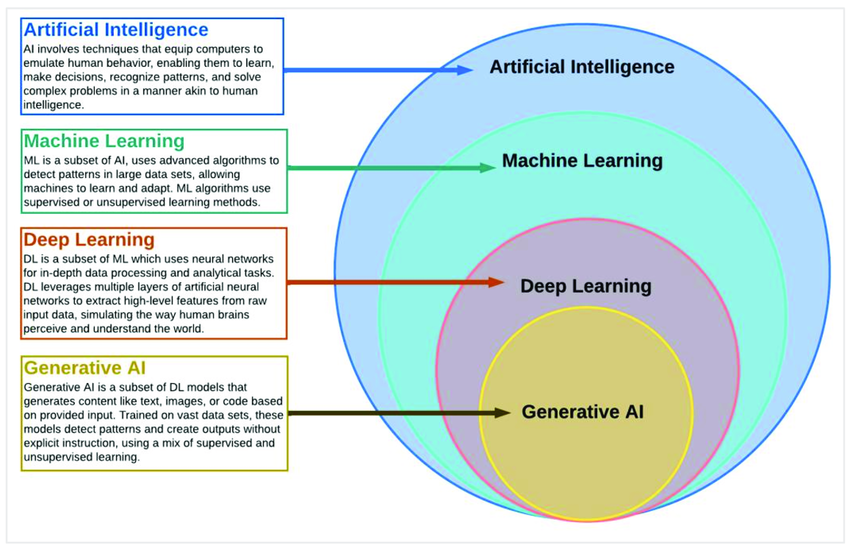Key Skills in
Statistics,
Data Science,
and Statistical Programming
for Resource Managers
(Conducted under EMF 115 1.0 Key Skills for Resource Managers)
Introduction to Machine Learning
Group the objects


What is Machine learning?
“Machine learning is a subfield of artificial intelligence that gives computers the ability to learn without explicitly being programmed.”
Source: https://mitsloan.mit.edu/ideas-made-to-matter/machine-learning-explained

Source: https://blog.pwskills.com/wp-content/uploads/2024/09/Generative-AI-Vs-Machine-Learning.png
Machine Learning Types
Supervised learning
Unsupervised learning
Semi-supervised learning
Reinforcement learning
Closely mirror how humans learn
Supervised Learning: Learning with a Teacher
Unsupervised Learning: Self-Discovery
Semi-Supervised Learning: Learning with Limited Guidance
Reinforcement Learning: Learning from Experience
A child learns dictation by practicing regularly.
If the child writes all the words correctly, they get a star, praise, or a small gift (reward).
If there are many mistakes, they don’t get the reward (penalty or no reward). Over time, the child learns which behaviors lead to rewards and tries to repeat them — just like in reinforcement learning.
Supervised learning
Definition: The model learns from labeled data where both input (features) and output (target) are provided.
Example Application:
Customer Churn Prediction: Predict whether a customer will stop using a service based on past behavior (labeled as churn or not churn).
Plant Species Identification (Mobile App): You give the model many images of plants labeled with their species. The app then learns to classify new images.
Unsupervised learning
Definition: The model works with unlabeled data. It finds hidden patterns or groupings.
Example Applications:
Customer Segmentation: Group customers based on purchasing behavior without knowing the labels.
Clustering Species: Group different flower images based on visual similarities, without knowing species names.
Semi-Supervised Learning
Definition: Uses a small amount of labeled data with a large amount of unlabeled data. Helps when labeling is expensive or time consuming.
Example Applications:
Medical Diagnosis: A small set of labeled MRI scans with tumor labels is used along with many unlabeled ones.
Reinforcement learning
Definition: A model learns to make decisions by interacting with an environment and receiving rewards or penalties.
Example Applications:
Product Recommendation Engine: Learns which products to show based on whether users click or buy (reward).
Robotic Farming: A drone learns optimal routes for spraying crops.
Game AI: A system learns to play chess or control a drone.
